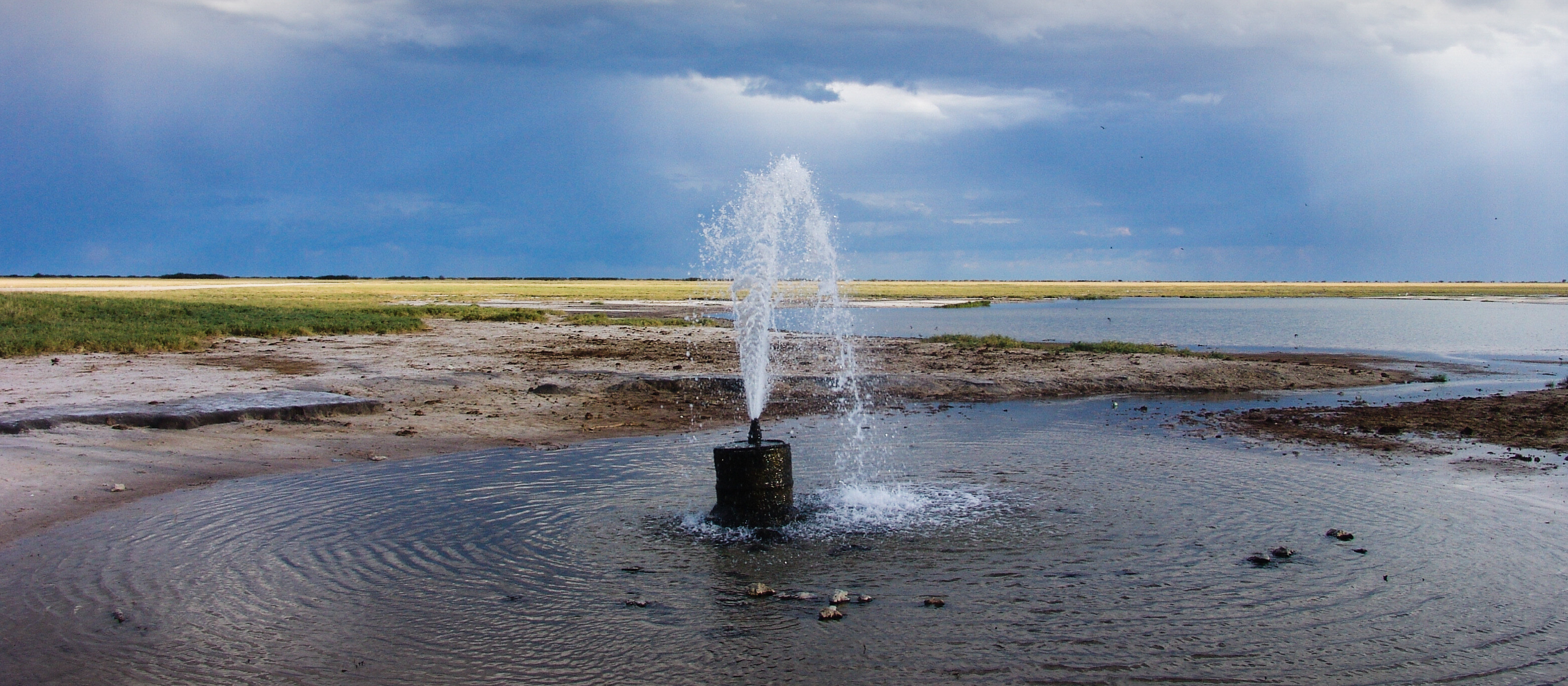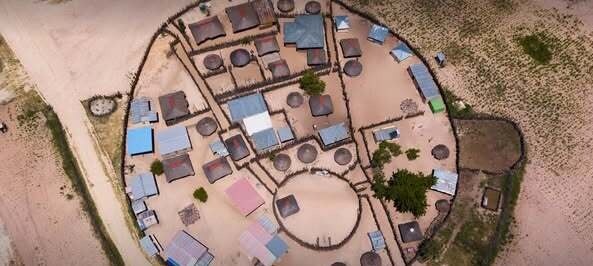Over the years of visiting Gondwana’s Damara Mopane Lodge east of Khorixas, I made several visits to the nearby settlement of Fransfontein. Its history attracted me, as did its vegetable garden that was started as a missionary garden over a century ago. One day when I visited, I learnt the story of its passionate gardener, Hubert Janson, who had once put heart and soul into the garden.
On this visit I met an elderly man, Mr Bowe. When I asked him about the garden, the interesting story unfolded. He told me that Hubert Janson was one of the first of the Schutztruppe (German forces) to be sent to the country in the late 1890s. He and a colleague were stationed at the police station in Fransfontein. And that is where the love story begins.

Fransfontein by that time already had quite a history. It was originally a Swartbooi settlement. The Swartboois had left Rehoboth after a battle with the Afrikaner Oolams in 1864. Eventually, after several stops along the way, they crossed the Kunene River into Angola at Swartbooisdrift and then headed south again. They ended up at the spring, named after Frans Frederick, the scout who had been sent ahead to look for a suitable spot. The Swartboois requested a mission station at Fransfontein, which they received on the condition that they also make land available for a Damara mission station, a short distance away. Later on, when the Damara clashed with the Schutztruppe, they left the settlement for Windhoek.
Hubert resigned from the Schutztruppe in 1905 and bought a farm with a partner on the former Damara land, but as it was difficult to farm there and, as he preferred gardening to farming, he sold it and bought a piece of land on the old mission station near the Fransfontein spring. The land had been neglected after the mission closed down, and Hubert put his energy into giving it another breath of life. An avid gardener, he planted five hundred fruit trees - figs, apples, oranges and guavas - and also established a vineyard from which he pressed his own wine. He delivered fruit and vegetables to Outjo and to the police station at Fransfontein.
For most of his life Hubert lived on the land with his wife Tony (nee Hoffman) and built a clay house with a cellar to store his wine. Neighbours visited him and Hubert would bring out one of his bottles of wine and pour them a drink. He was a well-known hunter in the area. When he was 82 years old, people tried to force him into an old age home in Outjo. In September 1943, on the day they were going to pick him up, he went into his beloved garden and shot himself.

Mr Bowe recounted this story on the old grounds and later on, I found more information in books and in the archives. I discovered an old letter where Hubert wrote: ‘It’s not for the fainthearted out here. You have to be an allrounder – a gardener, a hunter, a blacksmith a carpenter, a builder . . . But one thing you must never forget, is not to lose your sense humour.’ I found his death certificate on which it was written that he didn’t have any children, however in pencil written underneath were the words ‘Baster children’, so presumably he had a relationship with a Nama or Damara woman before he married.

Hubert was buried in his garden under an Anna tree. A large bougainvillea had grown over the spot and I was unable to reach the grave. On a subsequent visit the tree and bougainvillea had been burnt, most probably by lightning, and I could see a pile of rocks, among which was a rock that resembled a gravestone. When we managed to lift it, with the help of four people, I could make out the name ‘Janson’ engraved on its surface. We left the stone standing upright in the overgrown garden. The lone grave remains as a reminder of the love one man had for his garden many years ago.








.png)

SUBMIT YOUR COMMENT